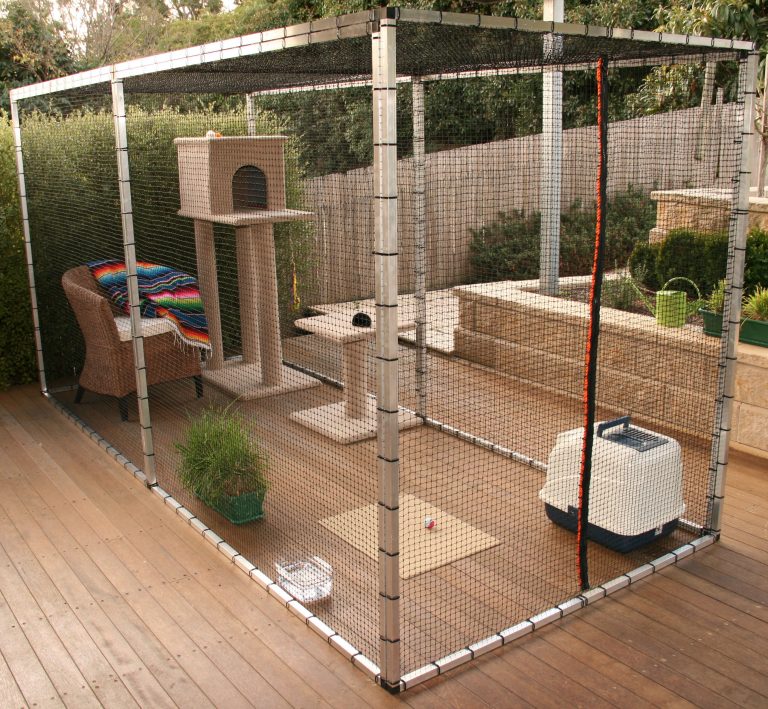PICTURE: The yellow line shows how far a pet cat allowed to roam overnight wandered during one night in Lithgow. Credit: Central Tablelands Local Land Services
Cats on the loose with deadly results
IT WOULD PLEASE US NO END to report that less domestic cats were on the prowl around our neighbourhoods, but the latest study confirms little has changed over the last few decades other than to say, the situation is getting worse.
In the online version of this story: The staggering death toll of roaming pet cats finally revealed, Laura Chung (SMH, June 9, 2023), reports on research findings for the Australian National University (ANU). Laura writes:
‘The research found that pet cats kill 6,000 to 11,000 native animals per square kilometre each year in urban areas. In some jurisdictions, local councils have the power to implement pet management restrictions, such as cat curfews. (But not in NSW).
It showed that 71 per cent of pet cats in Australia are able to roam and that 78 per cent of those cats hunted. It also showed that those cats did not bring home 85 per cent of the animals they killed.
Co-author of the new report, Australian National University ecologist Professor Sarah Legge, further crunched the data to determine cat ownership in each major city as well as the annual death toll to native wildlife from pet cats.
Legge said her research also found that hunting pet cats kill 30 to 50 times more native animals per square kilometre in suburbs due to inflated density than feral cats kill per square kilometre in the bush.
This means that while feral cats kill four times more animals per year, there are between 54 and 100 roaming and hunting cats per square kilometre in suburbs compared with only one feral cat for every three to four square kilometres in the bush.
“Managing pet cat impacts is much easier than managing feral cats,” she said. “It also makes pet cat lives four times longer [if they are contained], than roaming cats.”
In NSW, 14 councils – including Hornsby Shire Council, Blue Mountains Council and Wollongong City Council – have supported the introduction of stricter regulation since 2018. But Lake Mac is not one of them.
……………………………………………………………………………………..
 PICTURE: Cats can give birth to a lot of kittens over a lifetime. A 14 – 16 year old lactating female cat can produce between 81 and 372 kittens over a lifetime, according to Professor Tish Fleming from the Centre for Invasive Species Solutions speaking at an Australasian Wildlife Management Society conference held 6-8 December 2022. Credit: Screen shot from powerpoint presentation by Trish Fleming.
PICTURE: Cats can give birth to a lot of kittens over a lifetime. A 14 – 16 year old lactating female cat can produce between 81 and 372 kittens over a lifetime, according to Professor Tish Fleming from the Centre for Invasive Species Solutions speaking at an Australasian Wildlife Management Society conference held 6-8 December 2022. Credit: Screen shot from powerpoint presentation by Trish Fleming.
Cat population growing and still out of control in NSW
HOW WE MANAGE PET CATS in our suburbs is in the spotlight. As the estimated number of pet cats in Australia passes 5 million, people are increasingly aware of the damage cats do to wildlife.
One-third of owners already keep their cats securely contained 24 hours a day. This has major benefits for cat welfare and prevents cats killing and disturbing wildlife. But that leaves the other 3.5 million or so pet cats free to roam for at least part of the day or night.
In Australia, local government is responsible for regulating our feline pets, but little is known about how this works in practice. The Centre for Invasive Species Solutions sent a survey to every local council in Australia to understand their approaches to managing pet cats and how these could be improved. They received responses from 240 councils (45%).
Christmas Island has gone further. All pet cats are desexed and the community has agreed not to bring in any more, so their numbers on the island are gradually dwindling.
Protecting wildlife and caring for our delightful pets can both be achieved if we rethink what it is to be a cat owner and support local government to manage these issues for the whole community.
NOTE: There are six references linked to these stories. Check the magazine to learn more.
MMM … Issue 39, August – September 2023



